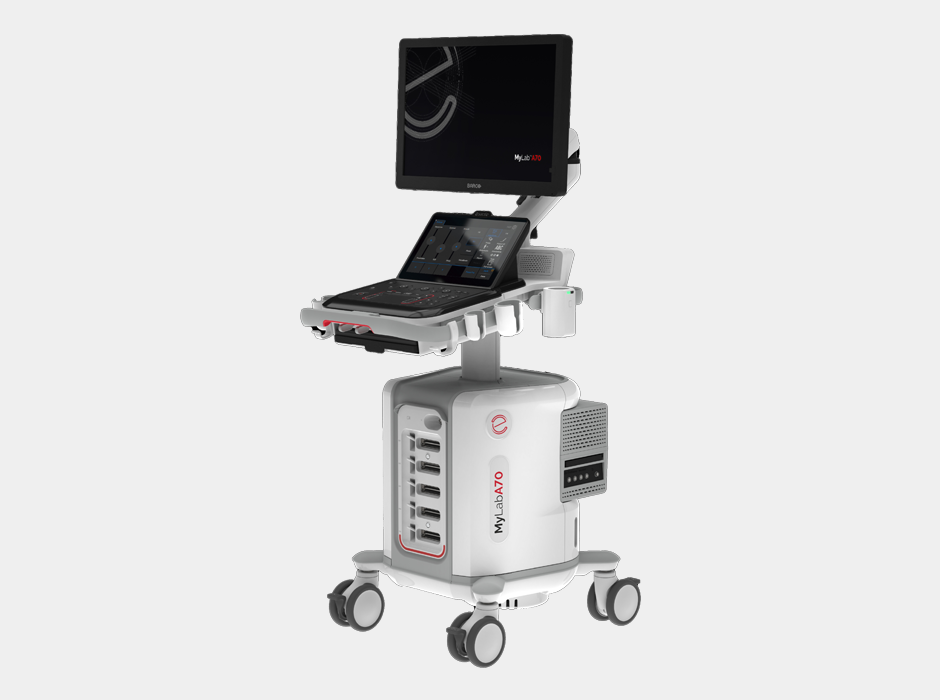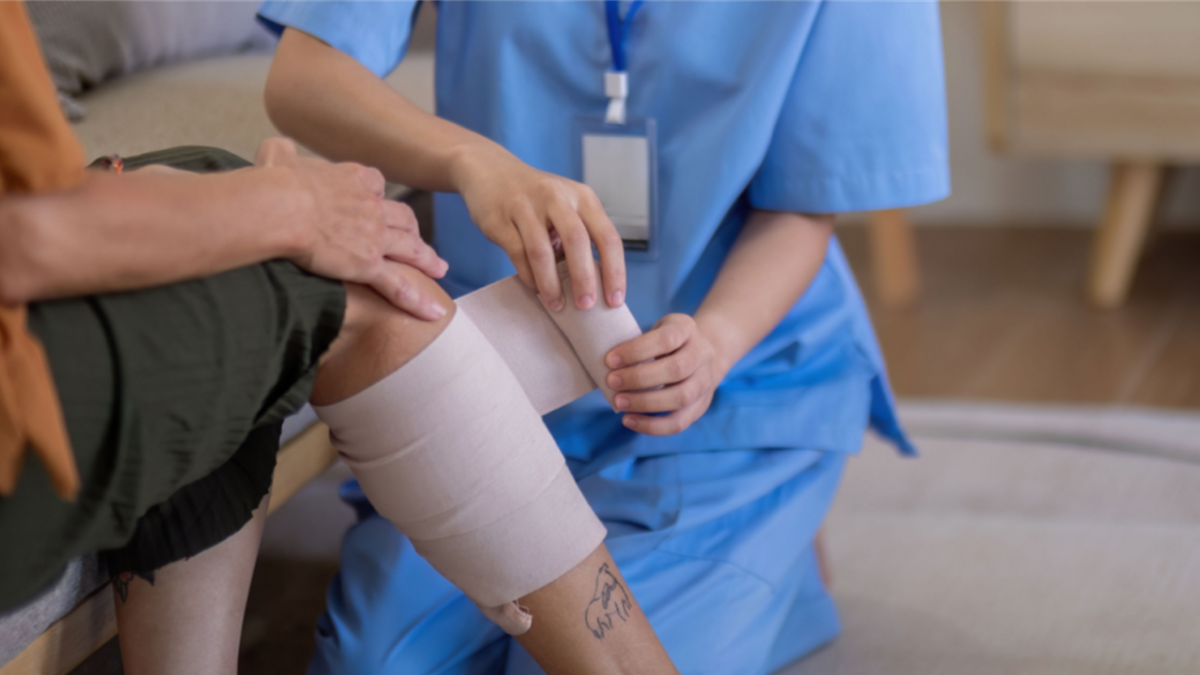The US Food and Drug Administration (FDA) has granted clearance to imaging and healthcare IT company Heidelberg Engineering’s Flex Module, a multimodal, diagnostic imaging-only platform designed for imaging the posterior segment of pediatric and adult patients in a supine (face up) position.
Being able to image macular and optic nerve pathologies in the supine position ensures that vulnerable individuals can receive timely and sight-saving diagnoses and treatments.
“Receiving FDA clearance for the Spectralis Flex Module fulfills our vision of bringing Heidelberg image quality to all patients, regardless of their age or physical abilities,” says Ram Liebenthal, General Manager US at Heidelberg Engineering.
“We recognized that many patients cannot use a static, table-mounted headrest. By reimagining Spectralis in a more flexible configuration, we can ensure that these patients have access to best-in-class imaging, offering peace of mind to parents, guardians and caretakers,” explained Liebenthal.
The Spectralis Flex Module is an advanced add-on for the Spectralis diagnostic imaging platform, which is already known for its precision and versatility in ophthalmology.
The Flex Module enhances the flexibility of the Spectralis system by allowing it to be used in diverse clinical environments, including mobile clinics, emergency rooms and community healthcare centers, where space and resources are often limited. This is particularly important for reaching patients who may not have regular access to specialized ophthalmic care, such as those in rural or underserved urban areas.
XTALKS WEBINAR: How EHR Data Can be Used to Advance Guideline-directed Care
Live and On-Demand: Thursday, December 5, 2024, at 12pm EST (9am PST)
Register for this free webinar to learn how complete electronic health records (EHR) data are advancing medical device performance and improving patient outcomes.
The Flex Module attaches the Spectralis system to a mobile stand with an articulated, adjustable arm, providing flexibility to allow imaging in multiple positions and settings. This is especially advantageous for patients who are unable to be imaged using conventional tabletop optical coherence tomography (OCT) devices.
The Spectralis system is known for its multimodal imaging capabilities, which include OCT, scanning laser ophthalmoscopy (SLO) and fluorescein angiography, among others. These imaging modalities are crucial for diagnosing and managing a range of eye conditions, including age-related macular degeneration (AMD), diabetic retinopathy (DR) and glaucoma.
Spectralis allows for enhanced diagnostic accuracy as it is able to combine different imaging modalities in one scan session. Of note, its sophisticated eye-tracking technology reduces motion artifacts, which helps ensure consistent, high-quality images.
The flexibility that the Flex Module add-on offers will allow for the same high-quality imaging to be delivered in more varied and less traditional environments.
Related: enVista Envy, Bausch + Lomb’s New Intraocular Lens Offering, Wins FDA Approval
While other platforms like the Topcon Triton, Zeiss Cirrus, NIDEK RS-3000 and Optovue Avanti also offer high-quality imaging, they are generally designed for traditional clinical settings and may not offer the same level of portability and adaptability as the Spectralis Flex Module.
Heidelberg Engineering shared that it will be displaying the Spectralis Flex Module at the company’s exhibition stand (#4444) during the American Academy of Ophthalmology Congress in Chicago from October 19 to 21, 2024.
The global market for retinal imaging devices was valued at approximately $3.74 billion in 2023 and is projected to grow at a compound annual growth rate (CAGR) of 7.9 percent from 2024 to 2030.
The growth is expected to be driven by the rising incidence of retinal disorders, such as DR and AMD, which are increasing the demand for advanced diagnostic technologies.
According to the Centers for Disease Control and Prevention (CDC), around 9.6 million people in the US were living with DR in 2021, with approximately 1.84 million experiencing vision-threatening DR (VTDR). Additionally, the growing elderly population, which is more prone to eye diseases, is projected to further boost market expansion.
If you want your company to be featured on Xtalks.com, please email [email protected].












Join or login to leave a comment
JOIN LOGIN